
Wisdom teeth, also known as third molars are the last permanent teeth erupt in the far back our mouth. Usually, the eruption takes place between late teens and early twenties (age between 17 and 21). As the teeth get developed when we are matured, they are known as wisdom teeth.
Wisdom teeth will not make you suffer if your mouth has sufficient space or room for the teeth. Otherwise, they will be impacted or misaligned (i.e.) develop in a wrong position.
How does a wisdom tooth become impacted?
In the earlier days, our forefathers highly consumed meat and hard foods that extended their arch and jaws. This made their wisdom teeth to get the right space to develop. Unlike them, the soft foods that occupy our diet shrink our jaw size. Such narrow in jaw size makes the third molars become misaligned or impacted.
When a wisdom tooth does not get space to develop, it becomes misaligned by developing at an angle towards the next or back of the mouth.
Similarly, they are also trapped with the jawbone and partially emerged out as the gum tissue covers most part of the tooth.
Problems associated with wisdom teeth
Various dental health risks and problems arise when a third molar does not develop at the right position or impacted by developing at different angles.
• Pain in and around the impacted teeth.
• Damage or weakening of the tooth adjacent to a wisdom tooth.
• Fluid-filled sac develops around the wisdom teeth
• Infection in the gum tissues and lead to gum diseases like periodontitis.
• If a wisdom tooth partially comes out, food and debris can be easily trapped between them. Cleaning around the region is also difficult as it is covered with gums. It causes tooth decay.
• Wisdom teeth are powerful to push the adjacent teeth to come out of the alignment.
Hence, Dental Health Specialists suggest people having third molars to undergo wisdom teeth removal surgery to extract the teeth.
Procedures involved in wisdom tooth extraction
A Dentist or a dental surgeon begins the procedure by taking an X-ray to analyze the degree of the position your teeth are misaligned. Then the removal process takes place by numbing the region around the teeth.
By injecting a local anesthetic to gum in the specified region, the tissues around the tooth get numbed for a while. Then the Dentist use specified accessories to loosen or weaken the tissues connected to the tooth. When the tooth becomes loosen, the tooth can be easily pulled out.
When the surgery gets over, the treated gum region is stitched for healing. The stitch will dissolve itself after the healing process.
Conclusion
An effective cleaning of the mouth is essential as the chances are higher for oral bacteria to penetrate the jaw bone through the wound. The gum will heal quickly but until then the patient should follow the instructions given by the dental surgeon.
Wisdom tooth removal is a simple dental surgical procedure. It requires one or two dental visits alone. This is not a painful thing or more complicated like many people think.
It is better to extract the impacted teeth at the younger age because the tissues connected to the wisdom teeth bond tightly when we get older. It brings more difficulties in extracting third molar teeth. Similarly, the healing process also takes a long time for old people.

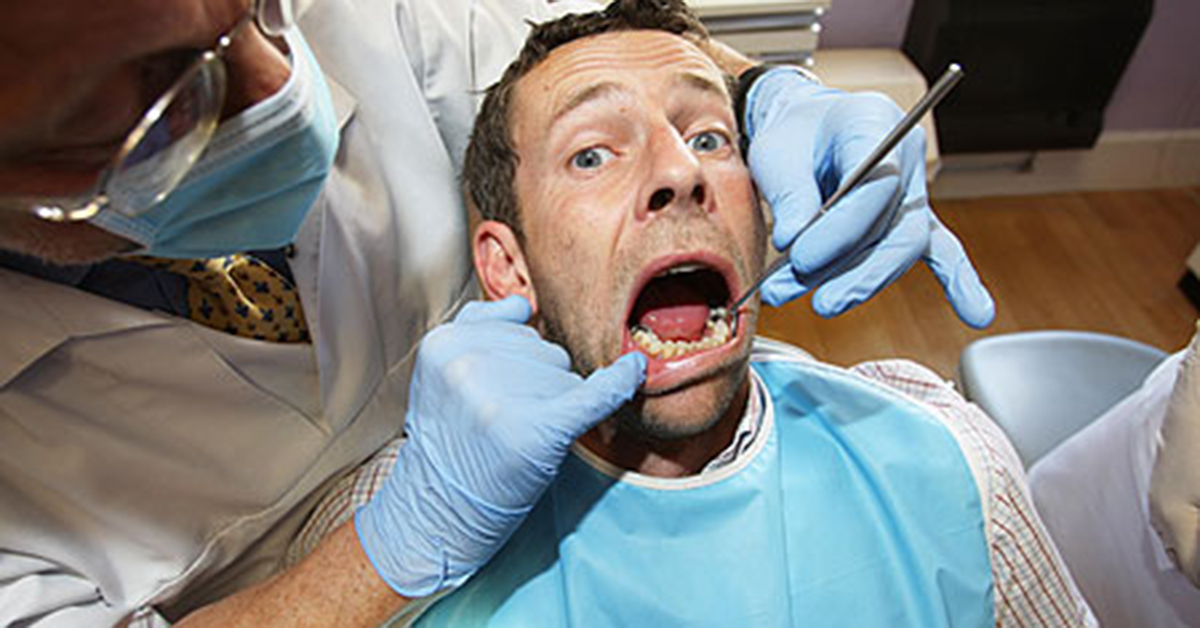

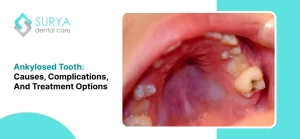







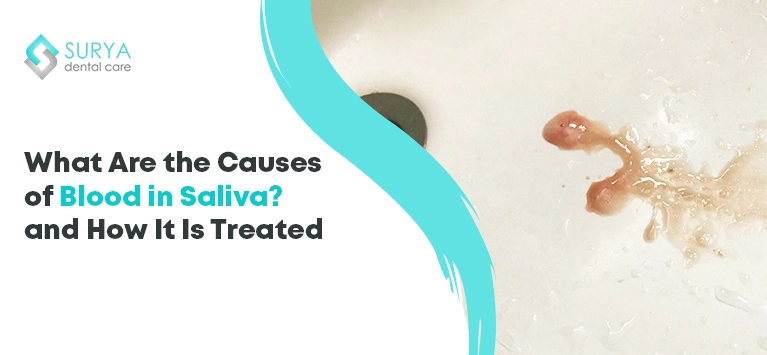


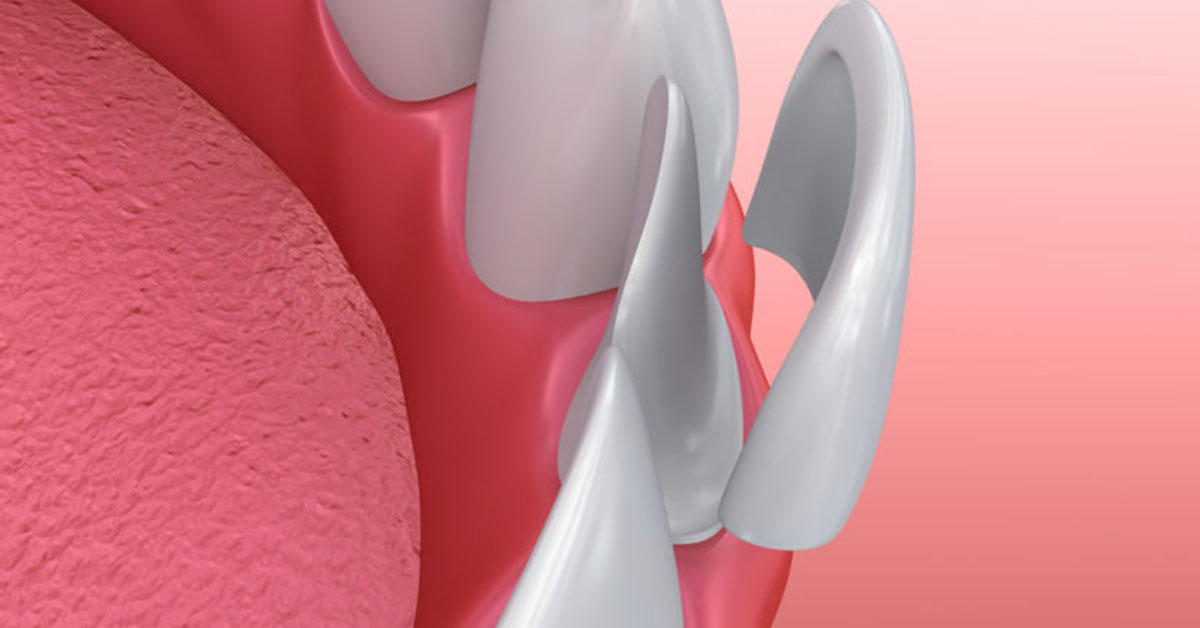





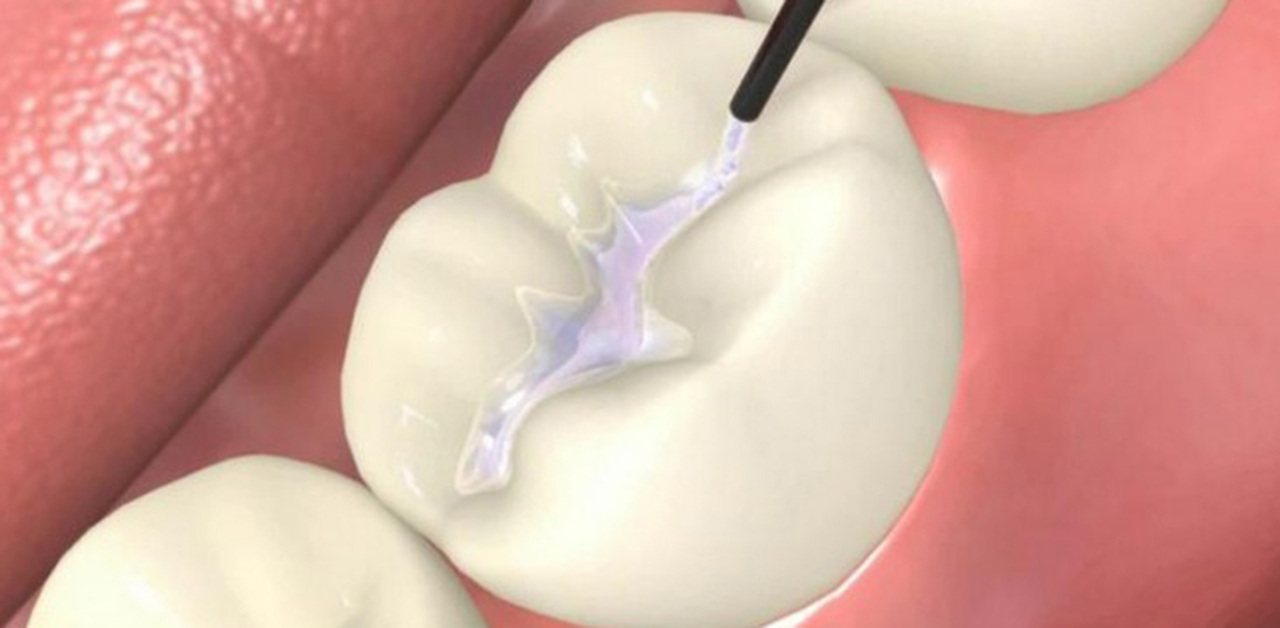


Leave a Comment